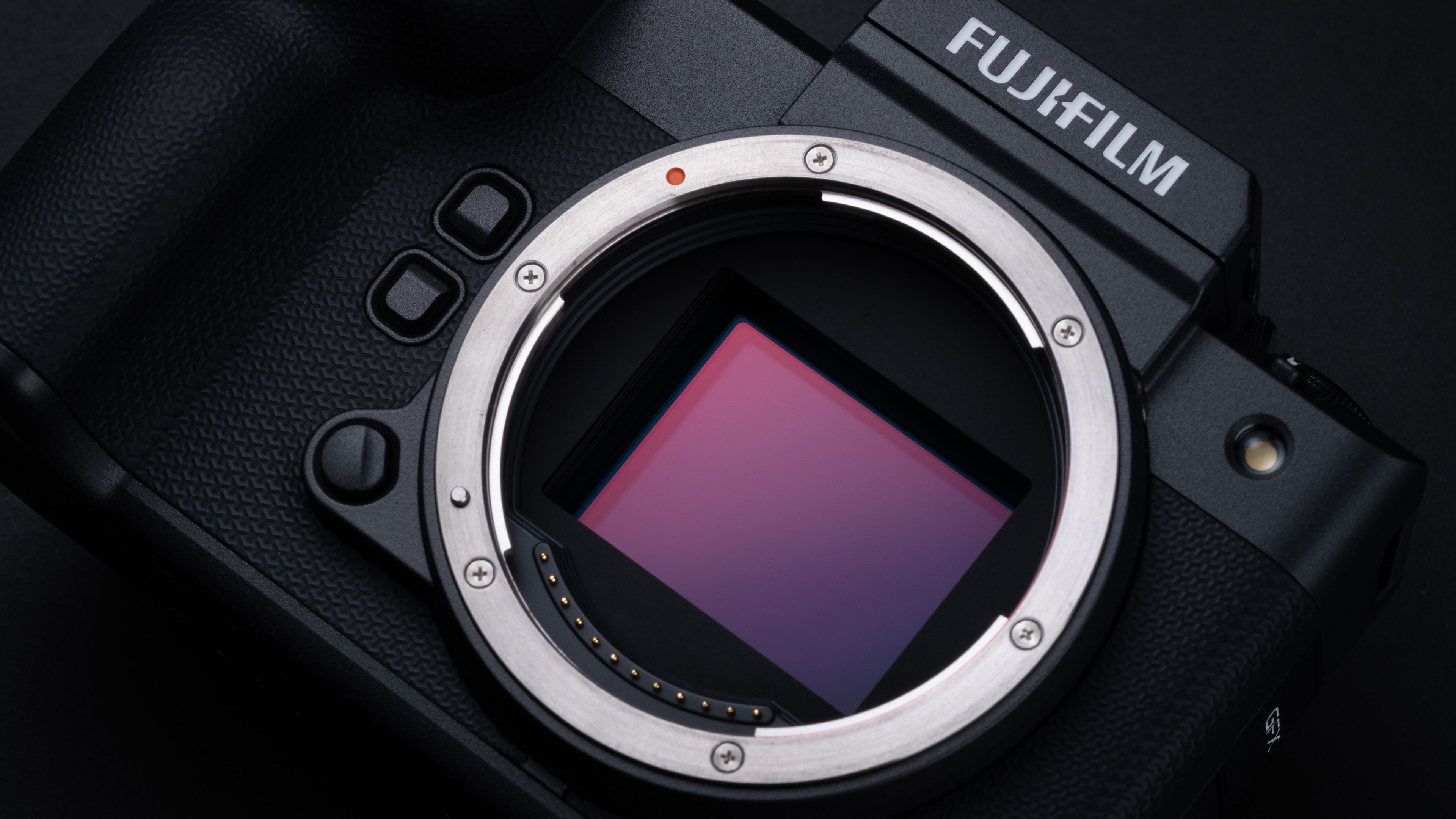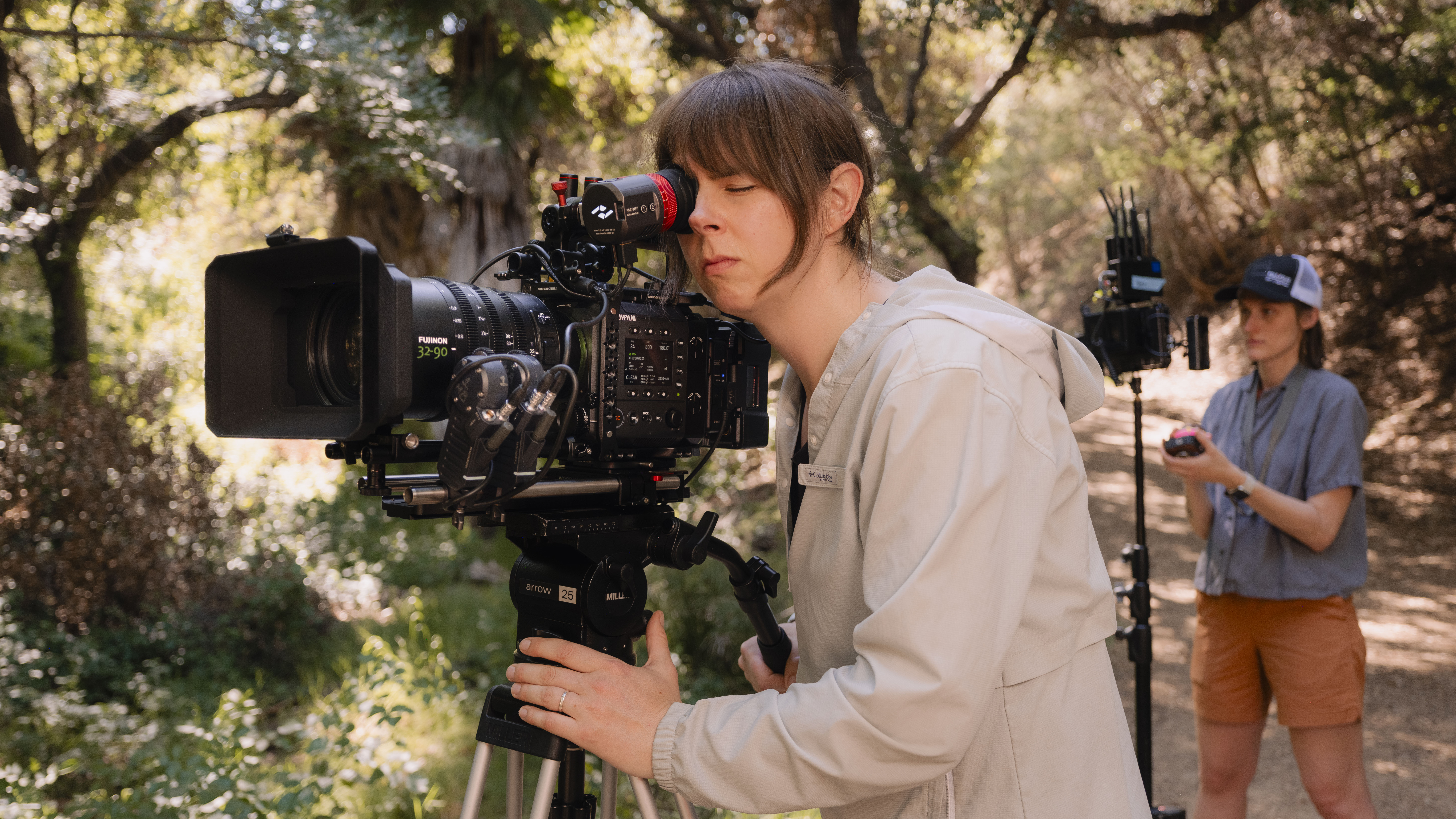"Everything you know about megapixels is wrong" says pro commercial photographer
This pro photographer explains why HE uses a 100MP camera, but why YOU probably don’t need to go anywhere near one

It’s often said that the megapixel race is over. After all, mirrorless cameras are now 20MP or higher with an increasing number exceeding 40MP. Still, plenty of photographers are disappointed when the next iteration of their favorite camera doesn’t come with a megapixel hike.
Well, if that sounds like you, perhaps you need to watch the YouTube video (below) by professional product photographer Scott Choucino (Tin House Studio), titled: “Everything you know about megapixels is wrong”.
UK-based Scott has delivered campaigns for a number of mainstream food brands and works out of a fully kitted-out studio space. He’s using a Fujifilm GFX camera in the video, with a massive 100MP medium format sensor.
His first piece of advice is to make sure you’re not using a lens that resolves at a lower resolution than your sensor. If you are, it will throttle the quality of your images. But when it comes to the megapixel count, he makes a surprising revelation:
“Your average advert for a global campaign requires between one and four megapixels”.
That’s not to say we should all ditch our cameras and go pick up something that came out 20 years ago. However, it does put into perspective just how well catered-for the market is when it comes to megapixels.
This begs the question: why is Scott using a 100MP camera? His answers I found really interesting.
The best camera deals, reviews, product advice, and unmissable photography news, direct to your inbox!
First and foremost, he needs a lot of headroom due to cropping. Even though he has a huge tripod head with various sliders, precision shifting tools and bellows, sometimes he still cannot get the depth of field required without physically moving the camera further away from the subject and digitally cropping into the image in post.
Scott also prefers to avoid focus stacking, if he can help it, largely citing how time-consuming it is and the fact that it can go wrong. I can attest to that!
And of course, in this day and age, brands will commission an image and want it delivered in a huge variety of aspect ratios – which means even more cropping. But that still doesn’t entirely explain why Scott needs a massive 100MP sensor.
Well, the second big reason is that images begin to lose quality (not resolution) when they’re edited. As he puts it: “Having more resolution means you can downscale it and keep the quality.” The pro also explains why he uses a 90mm lens and why file size matters, but I’ll let you watch the full video to find that out.
You might also like...
High-resolution cameras are more likely to suffer from camera shake; here's how I avoid camera shake using the reciprocal rule. Plus, I used Nikon’s Focus Shift Shooting for the first time – here’s why I’ll think twice before focus stacking manually again.

Mike studied photography at college, honing his Adobe Photoshop skills and learning to work in the studio and darkroom. After a few years writing for various publications, he headed to the ‘Big Smoke’ to work on Wex Photo Video’s award-winning content team, before transitioning back to print as Technique Editor (later Deputy Editor) on N-Photo: The Nikon Magazine.
With bylines in Digital Camera, PhotoPlus: The Canon Magazine, Practical Photography, Digital Photographer, iMore, and TechRadar, he’s a fountain of photography and consumer tech knowledge, making him a top tutor for techniques on cameras, lenses, tripods, filters, and more. His expertise extends to everything from portraits and landscapes to abstracts and architecture to wildlife and, yes, fast things going around race tracks...
You must confirm your public display name before commenting
Please logout and then login again, you will then be prompted to enter your display name.

